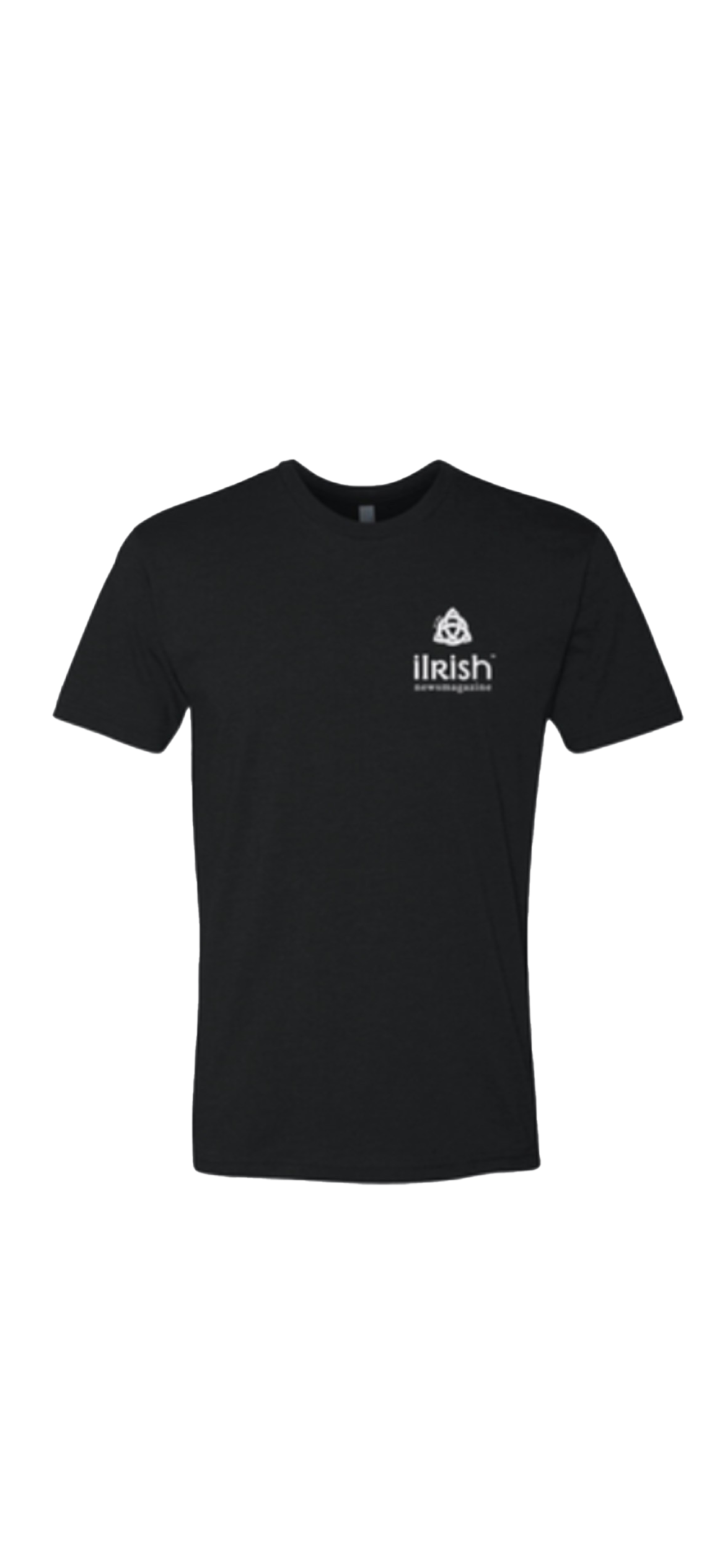Boost Metabolism: Add Salmon to Your Diet for Extra Calorie Burn
- John O’Brien, Jr.
- September 1, 2024
- Edited 3 months ago
Table of Contents
Eat This Food, Burn More Calories
 If you add this one food to your diet, science says you can burn up to an extra 30% of the calories you consume.
If you add this one food to your diet, science says you can burn up to an extra 30% of the calories you consume.
Diet-Induced Thermogenesis
Daily energy expenditure consists of three components: basal metabolic rate, diet-induced thermogenesis, and the energy cost of physical activity. Protein plays a key role in body weight regulation through satiety related to diet-induced thermogenesis. The main determinant of diet-induced thermogenesis is the energy content of the food, followed by the protein fraction of the food. Diet-induced thermogenesis is related to the stimulation of energy-requiring processes during the postprandial period. These processes include the intestinal absorption of nutrients, their metabolism, and the storage of the absorbed, but not immediately oxidized nutrients.
Research shows that protein has the highest thermic effect. Protein requires between 15 to 30 percent more energy to digest, followed by carbohydrates at 5 to 10 percent, and fats, which are significantly lower at 0 to 3 percent. For every 100 calories of protein consumed, about 20 to 30 calories are spent during digestion and absorption.
Consuming foods with a high thermic effect can help you burn more calories. This increase in energy expenditure is due to the energy required for digestion, absorption, and storage of nutrients
 in the body. Foods with a high thermic effect require more energy to digest and absorb, leading to a higher increase in energy expenditure after consumption. This increase in energy expenditure can contribute to a higher overall calorie burn and potentially aid in weight loss efforts.
in the body. Foods with a high thermic effect require more energy to digest and absorb, leading to a higher increase in energy expenditure after consumption. This increase in energy expenditure can contribute to a higher overall calorie burn and potentially aid in weight loss efforts.
Eating This Food Will Actually Increase Your Metabolism
High-protein diets are increasingly popularized as a promising strategy for weight loss by providing the benefits of improving satiety and decreasing fat mass. Some of the potential mechanisms that account for weight loss associated with high-protein diets involve increased secretion of satiety hormones (GIP and GLP-1), reduced orexigenic hormone secretion (ghrelin), the increased thermic effect of food, and protein-induced alterations in gluconeogenesis to improve glucose homeostasis.
High-Thermic Foods to Help Boost Your Metabolism:
- Lean meat/fish
- Eggs
- Nuts and seeds
- Avocados
- Green tea
- Dark chocolate
- Coffee
- Chili peppers
- Beans and legumes
- Whole grains
- Sweet potatoes
Weight Loss Food
However, one specific food stands out in particular… Salmon!
Salmon activates levels of hepatic mitochondrial glycerophosphate dehydrogenase, an enzyme that’s involved in thermogenesis. Salmon is a fatty fish that contains a significant amount of protein along with healthy fats, particularly omega-3 fatty acids. The presence of both protein and fats in salmon contributes to a higher thermic effect because both macronutrients require energy for digestion and metabolism. Add some paprika for more calorie-burning benefits!
Capsaicin, which is found in paprika, can boost your metabolic rate and promote fat burning. Capsaicin can create “heat” by altering the activity of a muscle protein called SERCA. Normally, muscle contraction initiates following the release of a wave of calcium ions from a compartment called the sarcoplasmic reticulum (SR). SERCA then actively pumps the calcium back into the SR (using ATP), causing muscle relaxation and renewing the cycle. Capsaicin, however, can attach to SERCA and “uncouple” this pumping activity; that is, the protein still burns ATP energy but doesn’t use it to pump calcium. Instead, all the ATP energy is given off as heat. This uncoupling is also known as thermogenesis. Capsaicin is the first natural compound known to augment the thermogenesis process.
My Oven-Baked Paprika Salmon Recipe
Ingredients:
- 2 (6 oz) wild salmon fillets ½-inch thick
- ¼ teaspoon black pepper
- ½ teaspoon garlic powder
- 1 teaspoon paprika
Instructions:
- Preheat your oven to 425 degrees F.
- Line a baking dish with nonstick foil.
- Place the salmon fillets on a large plate or cutting board. Sprinkle with black pepper, garlic powder, and paprika.
- Place the salmon fillets, skin side down, in the prepared baking dish.
- Bake until the fish is opaque and cooked through, about 15 minutes.
Dr. Peters is the founder of “The Fitness Doctor” (thefitnessdoctors.com). He has a Ph.D. in Physiology from Kent State University and is a certified member of the American College of Sports Medicine. Dr. Peters was born and raised in the Cleveland area and is a graduate of St. Ignatius High School and John Carroll University. He can be reached at [email protected].




